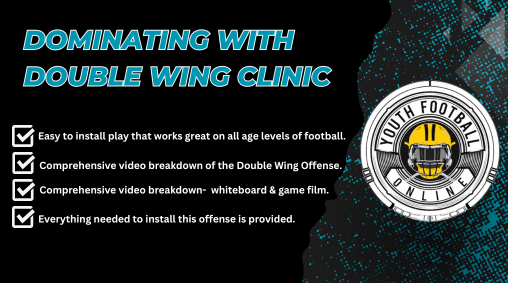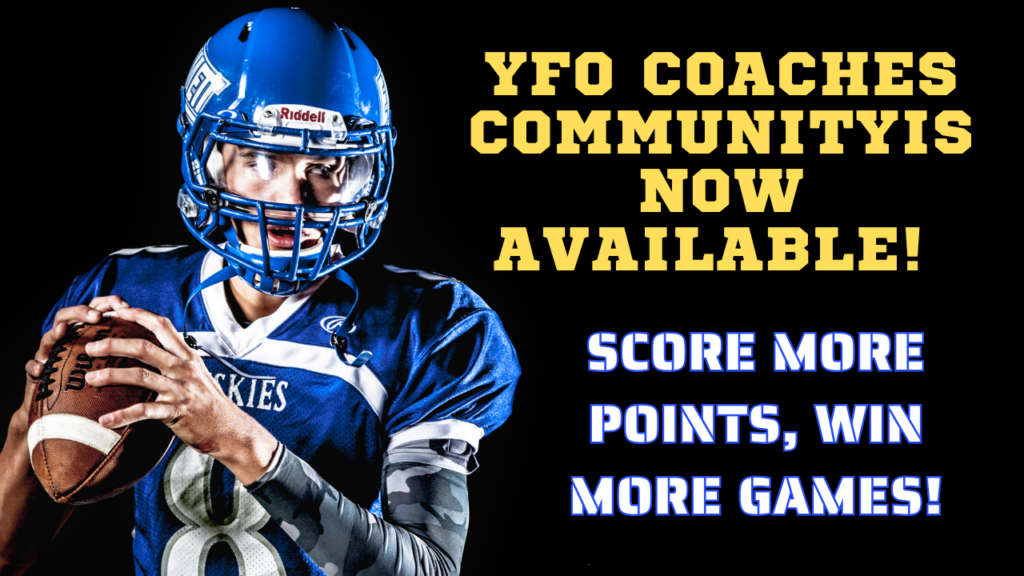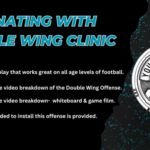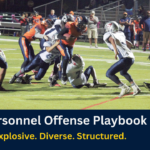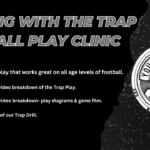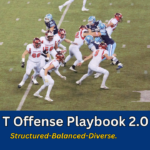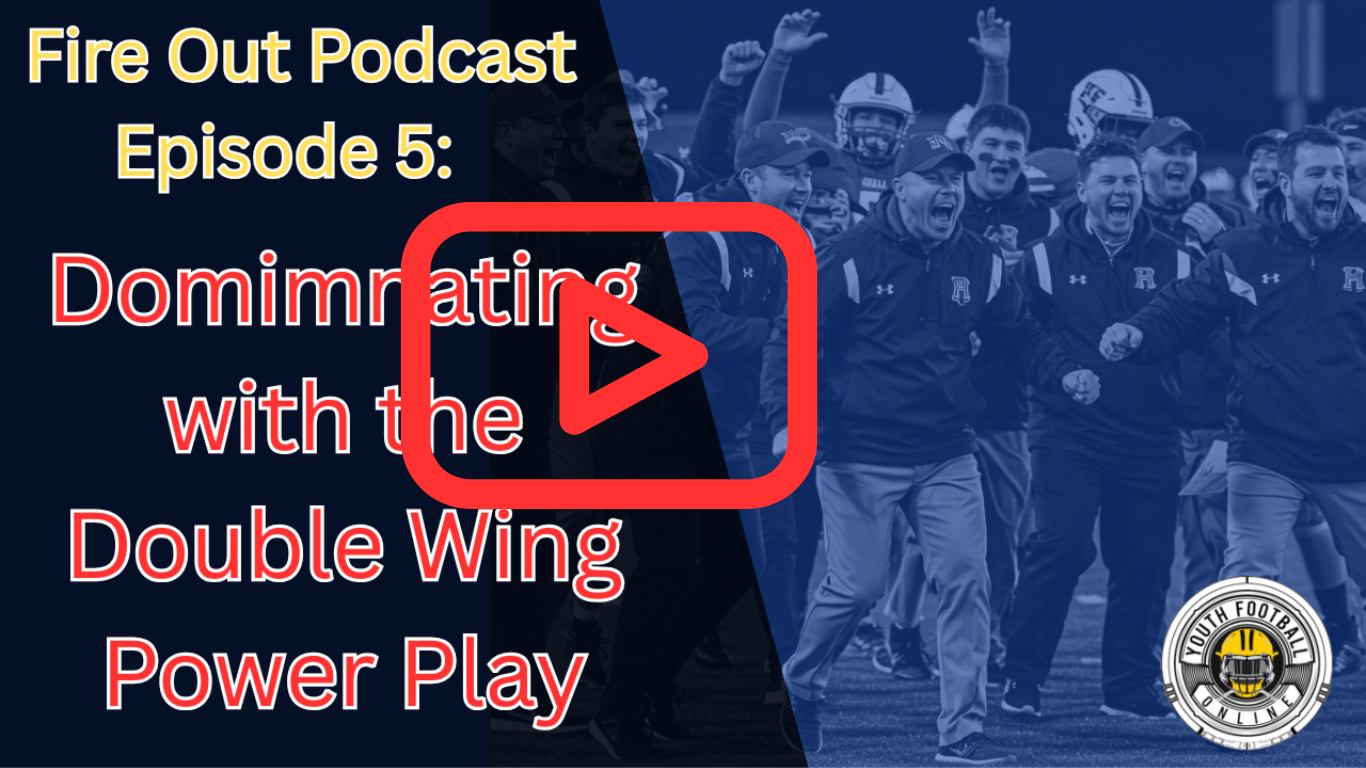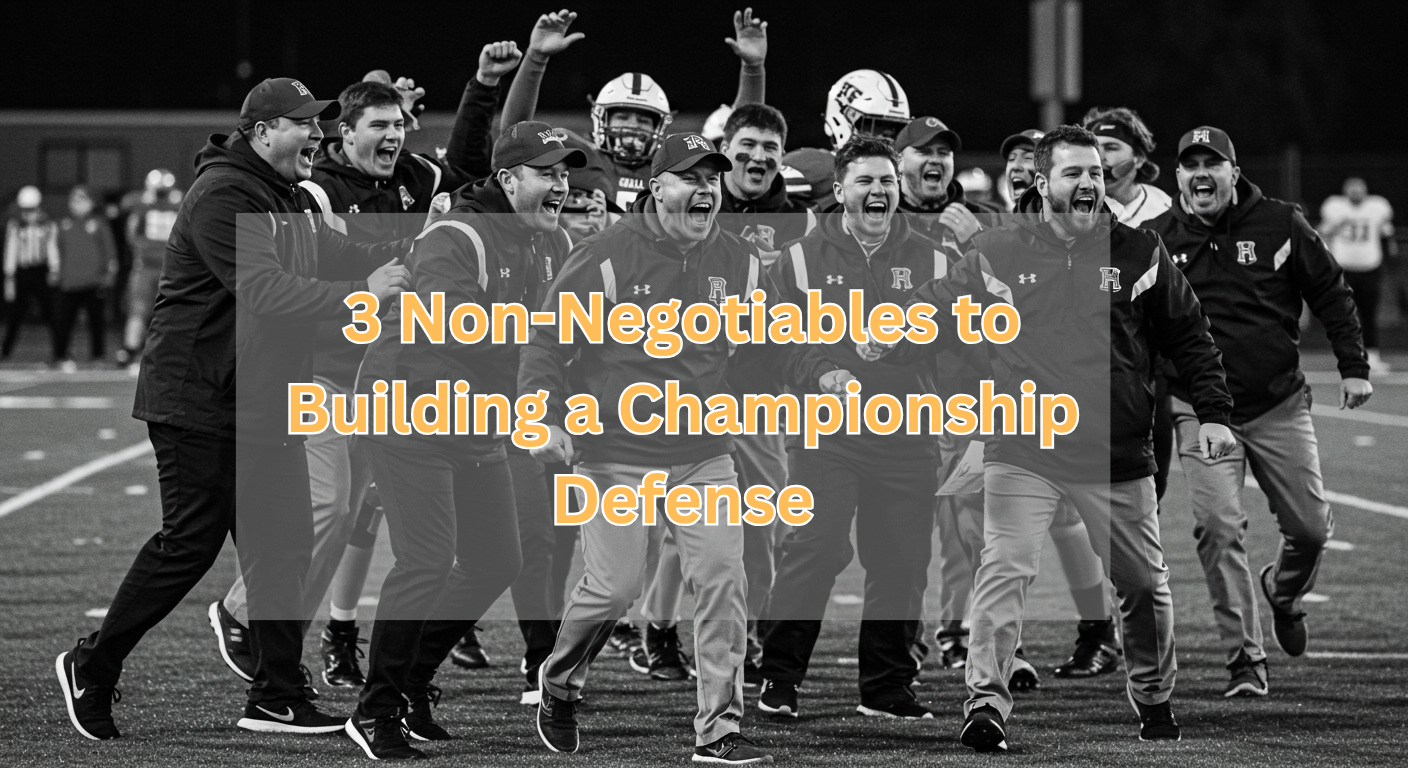How to Win with the Double Wing Offense
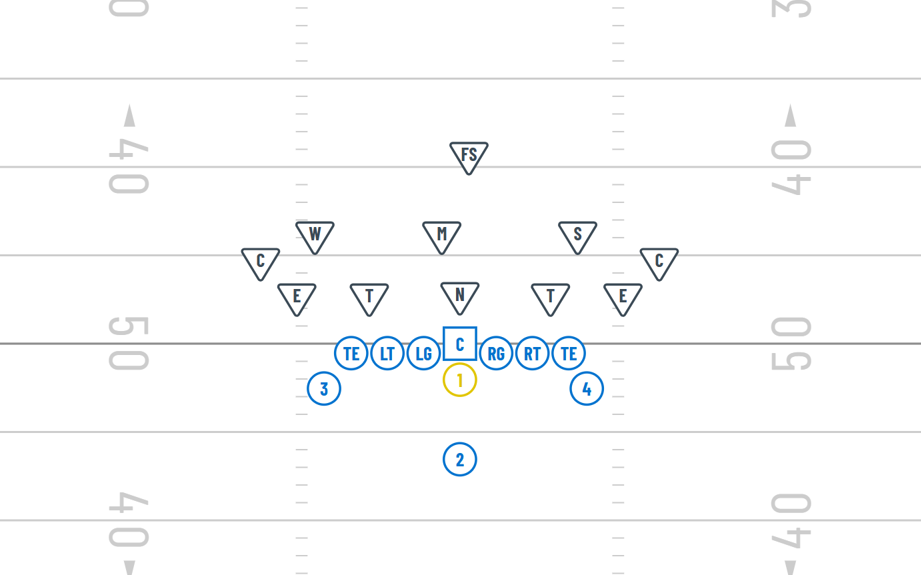
How to Win with the Double Wing Offense
The Double Wing offense is one of the most powerful and time-tested systems in youth football. Known for its physicality, misdirection, and ability to control the clock, the Double Wing gives coaches a proven formula to dominate on the ground and keep defenses off-balance. In this article, we’ll break down the Double Wing offense, explain why it’s so effective, go over key formations, and highlight the best running and passing plays to help your team win more games. Here’s how to win with the Double Wing Offense.
What Is the Double Wing Offense?
The Double Wing offense is a run-heavy formation that features tight line splits, two wingbacks aligned just outside the tight ends, and a fullback lined up behind the quarterback. The offense relies on power running, pulling guards, and deception to create mismatches. It’s often referred to as a “smashmouth” offense because it physically wears down the defense.
Key Components:
-
Tight splits on the offensive line.
-
Two wingbacks (left and right).
-
Fullback directly behind the QB.
-
Emphasis on pulling guards and trap blocks.
-
Misdirection plays and motion.
Download Virtual Clinic: Dominating with the Double Wing Offense
Why Coaches Should Run the Double Wing
The Double Wing offense is ideal for youth football because it simplifies assignments and builds physicality. Here’s why you should consider running it:
1. Maximizes Your Talent
Even if your team lacks speed or elite athletes, the Double Wing lets you compete by using angles, leverage, and execution. The Double Wing is easy to install and great for all age levels of football.
2. Controls the Clock
The offense is designed to grind out long, sustained drives. That keeps your defense off the field and frustrates opponents. The DW features a series of plays that all complement each other- giving you a structured attack.
3. Builds Team Toughness
The Double Wing creates a mindset of discipline, effort, and toughness—exactly what you want in your youth football program. The Double Wing will give your team an ground and pound identity.
4. Hard to Prepare For
Most teams don’t see the Double Wing often. Its unique structure, motion, and power plays make it difficult for opponents to prepare in just a few days. The formation is very difficult to align to. Many the times the defense won’t align properly- they’ll be outnumbers and/or outflanked.
Core Double Wing Formations
There are slight variations, but here are the core Double Wing formations:
Base Double Wing
-
2 Tight Ends.
-
2 Wingbacks (tight to the line).
-
Fullback behind the QB.
-
QB under center.
Spread Double Wing
-
Same personnel, but you flex one or both wingbacks wider. You cab also take your Tight-end and move them out as receivers.
-
Stretches the defense horizontally while maintaining the run threat.
Unbalanced Line
-
Overload one side with an extra lineman.
-
Creates confusion and matchup advantages.
- Go tackle-over (put both offensive tackles to one side). This will give you a stronger 3-man blocking surface.
Best Double Wing Run Plays
The Double Wing thrives on a few key plays. These are must-haves in your playbook:
1. Power Toss (Wing Counter)
-
Motion the wing, toss to the opposite wing.
-
Pulling guard and tight end seal the edge.
-
Creates explosive plays off misdirection.
See Also: 4 Ways to Run the Double Wing Power
2. Fullback Dive
-
Quick hitter between the tackles.
-
Ideal on short yardage and goal-line situations.
3. Trap
-
Classic play where the guard traps a defensive lineman. Great to take advantage of penetrating defensive tackles.
-
Gashes undisciplined defenses that shoot gaps.
4. Sweep
-
Pitch or handoff to the wing running outside.
-
Utilize double teams and down blocks to seal the edge.
- Great for when teams load up the box!
5. Wedge
-
All linemen surge forward in unison.
-
Great for gaining tough yards inside.
- Great play all the time! Get good at wedge!
Best Double Wing Passing Plays
Though it’s a run-first system, the Double Wing can surprise with timely passes:
1. Play Action Boot Pass
-
Fake the power toss, roll the QB out.
-
Look for the tight end or wing on a drag or corner route.
2. Tight End Pop Pass
-
Quick release to the TE after a run fake.
-
Best used after establishing the run.
3. Flood Concept
-
Send one wing deep, another on an out, and the FB into the flat.
-
Stretches the defense vertically and horizontally.
Coaching Tip: You need a play-action pass play off of your best two runs!
Tips for Winning with the Double Wing Offense
-
Repetition is key: The offense requires timing and precision—practice reps matter.
-
Condition your linemen: They’ll be pulling, trapping, and lead-blocking often.
-
Stay patient: The Double Wing isn’t flashy, but it grinds opponents down and breaks big plays over time.
-
Install play-action early: Defenses will overcommit to stopping the run—make them pay.
- Play-action passing: Call play -action passing plays on run down and distances.
Final Thoughts: Double Wing Offense Wins Championships
The Double Wing offense continues to prove its value in youth football. If you’re looking for a system that builds toughness, controls the game, and wins in the trenches, this offense is your blueprint. With the right preparation, discipline, and commitment to execution, the Double Wing will give your team a true competitive edge.

